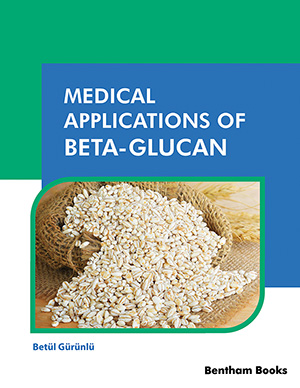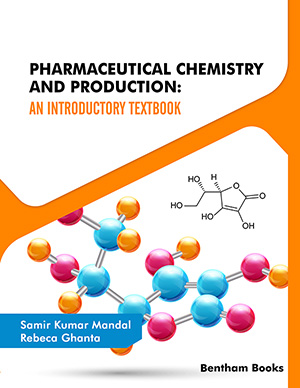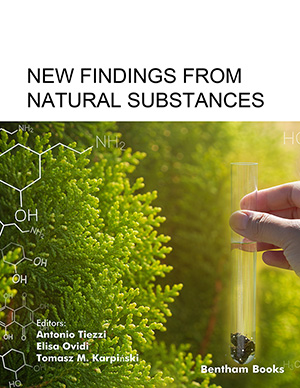Abstract
Plants are the biggest bioresources for newer drugs or therapeutical agents.
Genus, Clematis of family Ranunculaceae is one such bioresource whose species have
been used traditionally for the treatment of snake bites, malaria, dysentery, rheumatism,
inflammation, urinary and skin disorders, blisters, wound, ulcers, colds and headaches
in Australia, China, India and other countries. Modern research revealed that Clematis
species possess pharmacological properties of anti-inflammatory, anti-rheumatoid
arthritis, anti-diabetic, anti-apoptosis, anticancer, antioxidation, antimicrobial,
hepatoprotection, diuretic and hypotensive. Genus Clematis has approximately 355
species that are spread across the globe. Chemical constituents isolated from different
species of this genus have been categorized under some of the biologically potent
phytochemical classes, such as alkaloids, triterpenoid saponins, lignans, flavonoids and
phytosterols, which may account for the pharmacological action. The present chapter
will focus on common species used in the Australian, Chinese and Indian traditional
systems of medicine. Their ethnobotany, ethnomedicine, chemical constituents and
pharmacological activities are critically reviewed.
Keywords: Alkaloids, Clematis Species, Chemical Constituents, Ethnobotany, Hederagenin, Lignans, Oleanolic Acid Glycosides, Pharmacological Activity, Ranunculaceae, Triterpenoid Saponins.






















